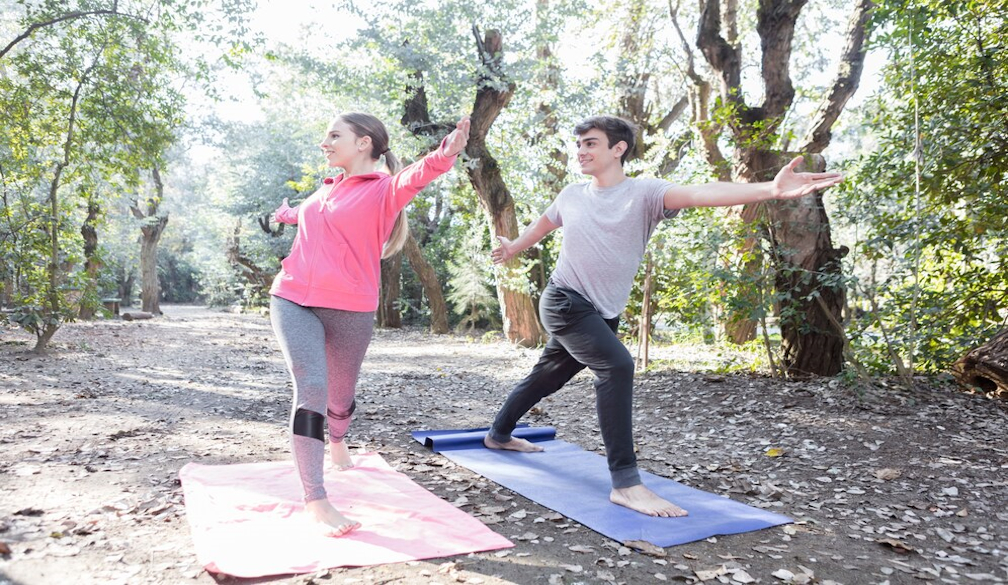How to Create a Balanced Fitness Routine for Optimal Health

Maintaining optimal health involves more than just hitting the gym or going for a run. A truly balanced fitness routine encompasses various types of exercise, caters to your personal goals, and fits seamlessly into your lifestyle. Whether you’re just starting out or looking to refine your regimen, here’s how you can create a fitness routine that enhances both your physical and mental wellbeing.
Include Different Types of Exercise
A well-rounded fitness routine should address all aspects of physical fitness: cardiovascular endurance, strength, flexibility, and balance. Incorporating a mix of exercises ensures you’re engaging different muscle groups and preventing burnout or overuse injuries.
- Cardiovascular Exercise: Activities like brisk walking, cycling, or swimming improve heart health and stamina. Aim for at least 150 minutes of moderate-intensity aerobic activity per week.
- Strength Training: Incorporate resistance exercises like weightlifting, bodyweight exercises, or resistance bands twice a week to build muscle and maintain bone density.
- Flexibility and Balance: Practices such as yoga or Pilates enhance flexibility and core strength, reducing the risk of injuries and improving posture.
Set Realistic Goals
Define your fitness objectives clearly, whether it’s weight management, building strength, improving endurance, or enhancing mental health. Break these goals into achievable milestones to keep yourself motivated. Remember, consistency is key – it’s better to commit to regular, manageable workouts than sporadic intense sessions.
Make Time for Recovery
Recovery is as important as the workout itself – ensure your routine includes rest days to allow your muscles to repair and grow stronger. Incorporate active recovery techniques like light stretching or low-impact activities to promote blood flow and reduce muscle soreness.
Cater to Your Lifestyle
Your fitness routine should be adaptable to your schedule and preferences – for instance, if mornings are your most productive time, schedule your workouts then. If you prefer group settings, consider joining fitness classes or recreational sports teams to keep things fun and social.
Encourage Family Involvement
Fitness can be a family affair – getting your kids involved not only keeps them active but also fosters healthy habits from a young age. Enrolling them in programs such as kids fitness classes can help them develop coordination, strength, and a lifelong love of movement. Making fitness a shared activity can deepen family bonds and motivate everyone to stay active.
Track Your Progress
Keep a record of your workouts, noting improvements in strength, endurance, or flexibility. Fitness trackers, apps, or even a simple journal can help you monitor progress and identify areas that need adjustment.
Prioritise Mental Health
Remember that fitness isn’t just about physical health; activities like yoga, meditation, or tai chi can reduce stress and improve mental clarity. Incorporating these into your routine can enhance your overall sense of wellbeing.
Final Thoughts
Creating a balanced fitness routine is an ongoing process that evolves with your goals, interests, and lifestyle changes. By diversifying your workouts, setting realistic goals, and involving your family, you’ll build a sustainable regimen that promotes long-term health. Start small, stay consistent, and celebrate your progress – your body and mind will thank you for it.


